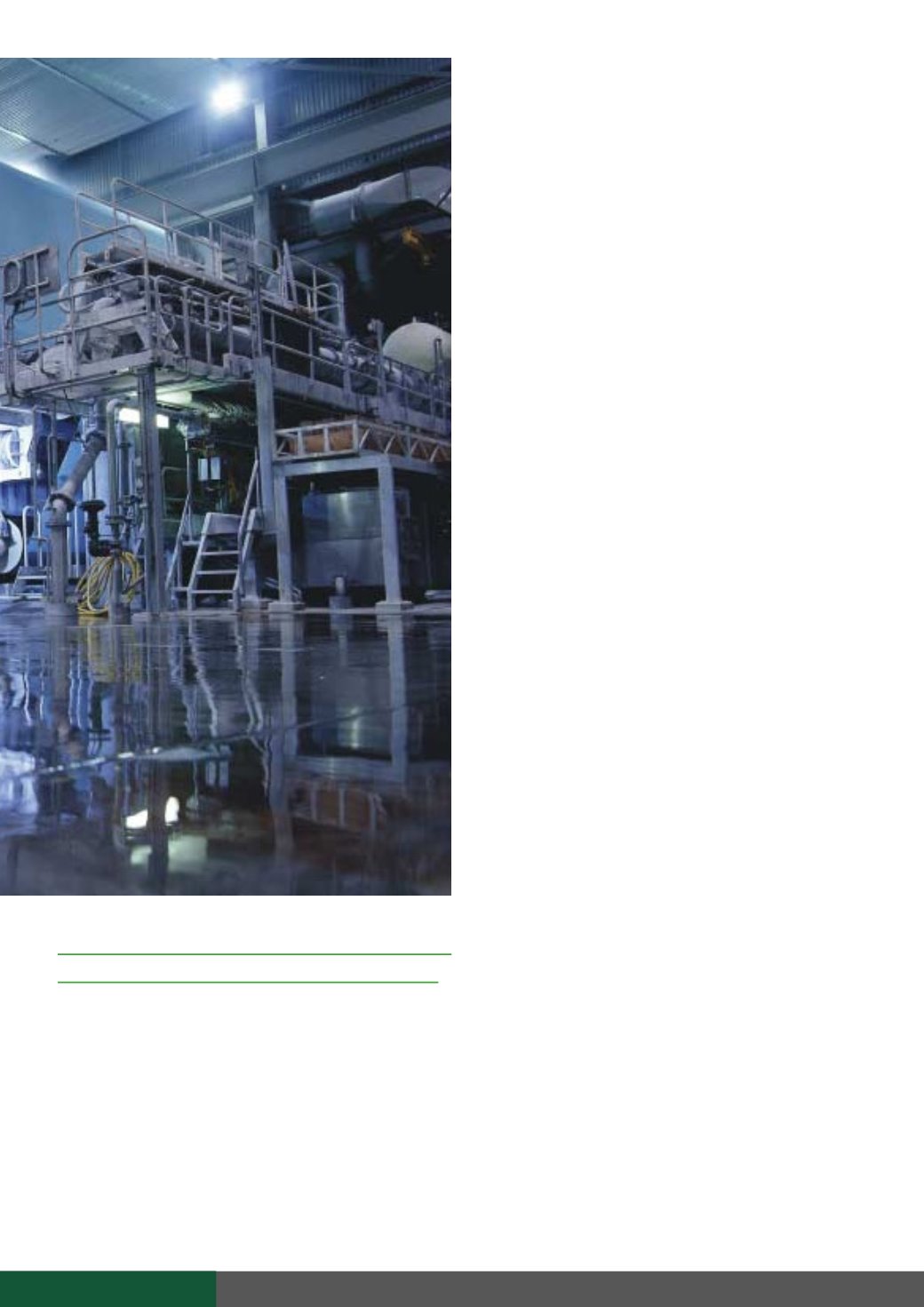

Business View Australia - January-February 2016 135
TURING
Pulp and paper industry’s
sustainability advantage
The newsprint, printing and writing
papers, tissue and packaging manu-
facturers industries have total sales
of $9 billion and produce a vast ar-
ray of consumer products. Despite
the common perception that the
use of paper is deleterious to the
environment, the reality is quite dif-
ferent.
Australia has a high paper recy-
cling rate, with 87% of all paper and
paperboard consumed being recov-
ered. Norske Skog’s Albury plant in
New South Wales recycles 100,000
tonnes of old newspapers and mag-
azines each year. Australian Paper
has established a recycled paper pro-
duction facility which will divert up to
80,000 tonnes of waste paper per
annum from landfills.
The Australian paper industry is also
active in the field of renewable ener-
gy. Visy, a leading packaging and re-
source recovery company, generates
around 230 GWh of renewable ener-
gy each year, with the major portion
of this being at its paperboard mill in
Tumut, New South Wales. Australian
Paper’s plant in Maryvale, Victoria,
generates 200 GWh per year of bio-
energy, making it the largest produc-
er of renewable energy in the state.
Kimberly-Clark Australia has also
been at the forefront of the effort to
conserve the environment. It received
the Banksia Award for a Cleaner En-
vironment in 2014 for its achieve-
ments in energy efficiency and wa-
ter improvement at its tissue plant in
Millicent, South Australia. It has been
successful in decreasing the site’s
carbon footprint by more than half
over the last five years.



















